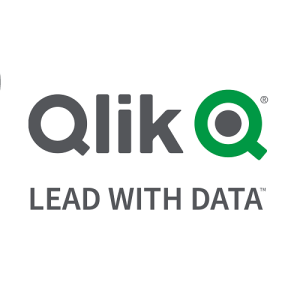Qlik Compose is something that will automate user's overall data modernization. Here data modernization includes data modeling, ETL jobs, etc. But the advantage is users can automate the overall process of data engineering and data modeling through Qlik Compose. I think that's useful when users are able to manage 60% of the workload automated. That will be very useful. That's fantastic. Replicate does not have a great AI capability. AI capabilities are present in Qlik Sense. Qlik Replicate is a very light tool. It is only meant to capture data from the log files, get the data, and transfer it, read that table structure, create the table structure, and transfer the data whenever there is a change. So, it basically integrates with the kernel of the operating system. The way it works is that these replicate tools will integrate with the kernel of the operating system, and they will access the redo log files of the database. The redo log should have access to all the files of the structure of the schema, too. So, using that technique, they redo all the data structures, create a similar structure, and replicate the structure in the target schema, table, and database. After that is done, it will start tracing the instances that are happening. For example, if data is inserted into the table, then an insert is fired on the statement on the table. So, that particular insert is captured. And based on that insert statement, it will pull the SQL query and say, "Okay, there is an insert. I need to get that data." It will get the data from the redo log itself rather than going to a database. Then, it will just pass that transaction into the target system, where it will just insert the data. And this happens instantaneously, within a microsecond. So, if there is an insert, an update, or a delete, everything is transferred immediately. It is picked from the redo log because it comes to the redo log, and then the redo log sends it to Qlik Replicate and Replicate to the target system on which Replicate is installed.




